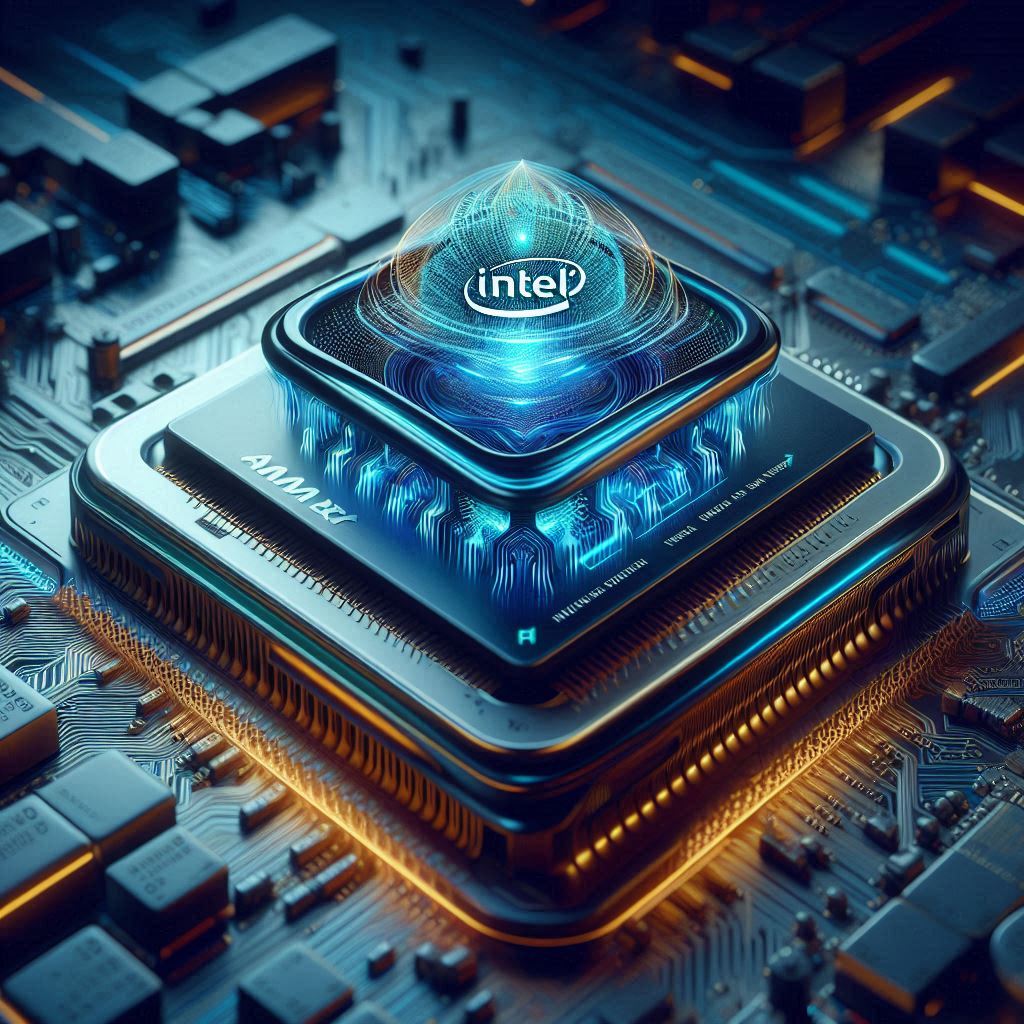The rapid evolution of Artificial Intelligence (AI) technology is fueled by continuous advancements in hardware capabilities. Among the latest to capture the attention of the tech community is Intel’s Advanced Matrix Extensions (AMX) accelerator. This innovative feature, integrated into Intel’s Xeon processors, is designed to enhance the AI and machine learning workloads significantly. Let’s dive into the performance insights and possibilities unlocked by Intel’s AMX CPU accelerator.
What is AMX and Why It Matters?
Intel’s AMX is a matrix math unit incorporated within its CPU architecture, specifically intended to accelerate matrix computations. The ability to efficiently perform such computations significantly impacts AI and deep learning models, which rely heavily on linear algebra—particularly matrix operations.
Key motivations behind AMX include:
- Improving AI performance by minimizing latency and increasing throughput.
- Enabling deeper integrations and optimizations for applications needing substantial matrix computations.
- Reducing power consumption compared to using dedicated hardware accelerators.
These elements are crucial as sectors like edge computing, autonomous vehicles, and real-time data processing continue to expand, demanding higher performance and operational efficiency.
Testing Performance: How Does AMX Stack Up?
The testing conducted by Google Cloud evaluated AMX’s impact on performance across various AI workloads. The evaluation involved comparing scenarios with AMX-enabled against scenarios without these extensions. Here’s what stood out:
Performance Improvements
Google Cloud’s test results demonstrated a significant boost in performance:
- Enhanced Throughput: Applications leveraging AMX showed up to three times faster matrix multiplication output compared to when these extensions weren’t utilized.
- Reduced Latency: Computing tasks showed marked decreases in latency, thus accelerating entire workflows, from data input to processed output.
The phenomena driving these improvements include:
- Optimized Execution Pathways: AMX optimizes how data is processed through matrix operations, minimizing unnecessary computations.
- Increased Parallelism: By harnessing matrix efficiencies, AMX facilitates better parallel data processing.
Compatibility and Limitations
While AMX significantly amplifies performance, compatibility has stringent requirements. Applications must be explicitly optimized to utilize AMX. Furthermore, the gain this technology offers is primarily beneficial in workloads designed around matrix computations.
Notable considerations include:
- Software Adaptability: Current AI frameworks like TensorFlow and PyTorch require updates to fully capitalize on AMX’s capabilities.
- Hardware Configuration: Utilizing AMX underpins demands on hardware configuration; optimal memory alignment and allocation are essential for maximizing these benefits.
Despite these dependencies, the initial tests hold promise for the future of AI acceleration through CPUs, potentially reducing the market reliance on dedicated GPUs and TPUs.
The Broader Implications of Intel AMX
The adoption and integration of AMX could reshape various facets of AI deployment, especially in cloud and edge computing paradigms.
Revolutionizing Cloud Computing
In cloud computing environments, the proliferation of AMX-equipped CPUs could streamline and enhance virtualized infrastructure performance. This efficiency gain means:
- Cost Reductions: More efficient CPUs reduce the necessity for numerous or high-end accelerators, lowering the total cost of ownership for AI-driven cloud solutions.
- Resource Optimization: Improved execution of AI tasks leads to better utilization of existing resources. This dynamic is particularly beneficial in multi-tenant cloud environments.
Impact on Edge AI
At the edge, AMX could be the linchpin in delivering robust AI capabilities without the need for bulky hardware setups. This innovation translates to:
- Enhanced Autonomy: With faster, more efficient processing, edge AI facilitates real-time decision-making, crucial for applications like autonomous vehicles and IoT devices.
- Reduced Overhead: Lower power and thermal requirements lead to more sustainable edge devices, extending their operational lifespan and reliability.
Broader Adoption and Future Outlook:
As more applications and frameworks evolve to harness AMX, we may witness an even broader deployment of AI capabilities across industries. The enhanced efficiencies and reduced costs will be a driving factor for organizations to pivot towards adopting these technologies, paving the way for broad-spectrum AI implementation.
Conclusion: AMX and the Future of AI
Testing Intel’s AMX CPU accelerator has revealed vital insights into how it can transform AI and data processing tasks by providing a substantial performance boost. While it holds immense potential, careful adaptation and a focus on compatibility will be key to unlocking its full capabilities. As the development ecosystem catches up with this technological advancement, we can expect a new era where AI-powered solutions become more accessible and efficient across various domains. Intel’s advancements with AMX signify not just a step forward in technology but a leap toward more intelligent, seamless, and integrated AI capabilities in everyday applications.
Source: We tested Intel’s AMX CPU accelerator for AI. Here’s what we learned

